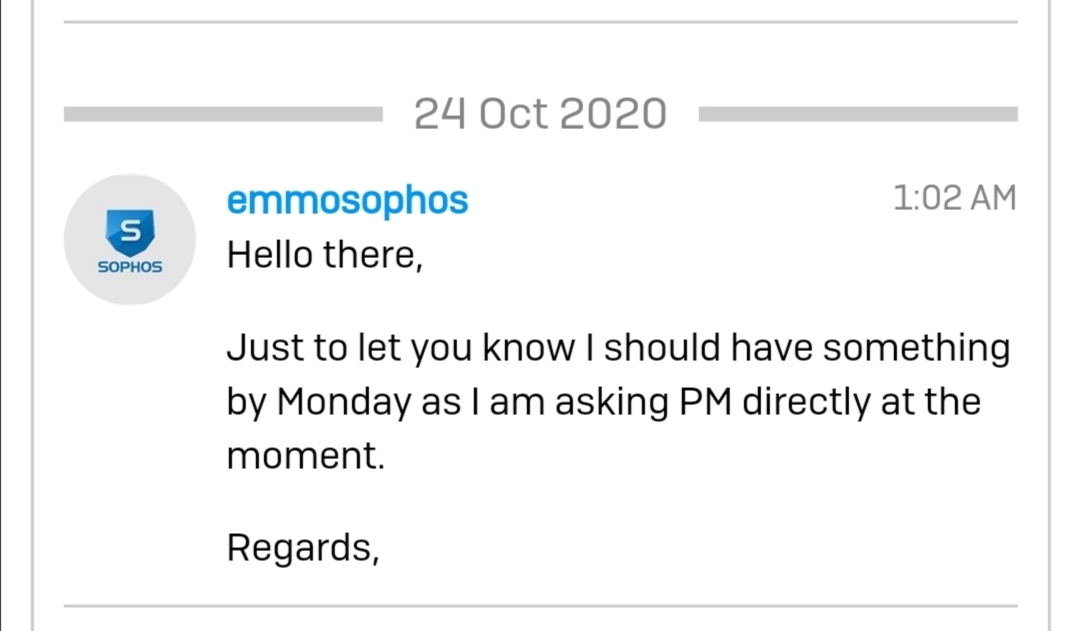Hallo zusammen,
im Bereich "Sophos Wireless" im Thread "AP100c >>> "SSH could not reach the selected AP" diskutiert und auch schon Hilfe von eienm Sophos Technician hier aus dem Forum erhalten.
Ein Forum User meinte, ich soll mein Problem - da es wohl ein UTM Thema ist - auch nochmal hier posten. Was ich hiermit getan habe. Vielleicht hat ja jemand eine Llsung für mein Problem.
Ich betreibe zuhause eine Sophos SG105W und habe mir die Tage wegen der besseren Ausleuchtung und Reichweite den AP100C zugelegt und bei mir auch in Betrieb genommen und getestet.
Als ich merkte, dass ich vom Durchsatz bei Leibe keine 1,3MBit/s hin bekomme (ja, das bekomme ich auch im Idealfall nicht hin) sondern nur magere 150-200MBit/s habe ich mich gewundert.
In den Einstellungen habe ich nach Überprüfung der WLAN Kanäle schnell festgestellt, dass ich nur das 20MHz Band angeboten bekomme aber weder das 40MHz noch das 80MHz Band.
Über "cc" (siehe mein anderes Posting) habe ich mit Unterstützung eines Sophos Technician herausgefunden, was, wie und wo ich das 40MHz bzw. 80Mhz band in der UTM einstellen kann.
Fakt ist jedoch - und daher mein Posting hier - ich bekomme keine 40MHz und auch keine 80MHz Kanäle angezeigt. Ich kann die Kanäle in der Konfig auch nicht ergänzen. Das übernimmt er nicht.
Hat das schon mal jemand erfolgreich umgesetzt (nicht zwingend mit dem AP100C sondern generell)? Dann würde es mich interessieren, wie ihr die fehlenden Kanäle in die Liste bekommen habt.
This thread was automatically locked due to age.




